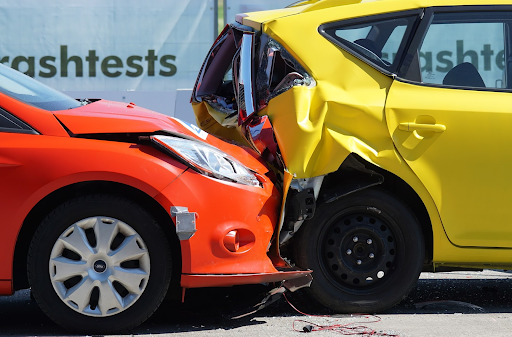Driving is probably the most dangerous thing and you might never know if you bump into another car and end up in an accident. Although you might do your best to drive responsibly and defensively, it’s still smart to know what to do in case you end up in a car collision.
After an auto accident, you will need to find a good auto collision repair shop. The process of collision repair can be confusing especially if it’s your first experience.
Here are the key steps involved in the collision repair process so you know what to expect.
Assess the Damage
The first step in the collision repair process is to assess the damage and provide an accurate estimation. Trained technicians will thoroughly examine the vehicle, identifying hidden and visible damages like bumper repair.
They will also take into account any structural damage, mechanical issues, and electrical malfunctions that may have occurred. Based on this assessment, the technician will prepare a detailed estimate that outlines the necessary repairs and the costs.
Disassembly Process
Once the estimate is approved, the disassembly process begins. It involves removing any damaged parts, panels, or components to access hidden damages. Diagnostic testing may also be conducted to identify any issues that may not be immediately visible.
Advanced technology and computerized systems are often used to ensure a comprehensive evaluation of the vehicle’s condition.
Structural Repair
If the collision has resulted in structural damage, it will need to be addressed before moving forward with other repairs. For this specialized equipment, such as frame straightening machines, is used to carefully realign the vehicle’s frame and restore its structural integrity.
Skilled technicians accurately measure and align the frame so it is restored to its original shape.
Car Body Repair
After completing the structural repairs, the focus is turned toward the vehicle’s body. Skilled technicians work to repair or replace damaged body panels, using techniques like dent removal and welding.
They meticulously restore the vehicle’s contours and prepare it for the next step, which involves refinishing the surface.
Surface Preparation and Paint
Surface preparation is an important step in achieving a flawless finish. Technicians remove any remaining paint, apply primers, and prepare the surface for painting. They match the vehicle’s original color using sophisticated color-matching technology.
The vehicle is then carefully painted, often using a combination of hand spraying and automated systems to achieve a consistent and high-quality finish.
Final Checks
After the paint has dried, the reassembly process begins. Technicians reinstall repaired or replaced parts, ensuring proper alignment and fit. They also conduct thorough checks to ensure that all mechanical and electrical systems are functioning correctly.
It includes testing the vehicle’s lights, sensors, airbags, and other safety features. The final touches are applied, and the vehicle is properly cleaned and detailed, and ready to be returned to its owner.
Quality Control Inspection
Before handing over the repaired vehicle to the owner, a comprehensive quality control inspection is conducted. It ensures that all repairs have been completed to the highest standards and that the vehicle meets safety and performance requirements.
Once the vehicle passes the final inspection, it is ready for delivery to the owner, who can now enjoy their fully restored vehicle.





